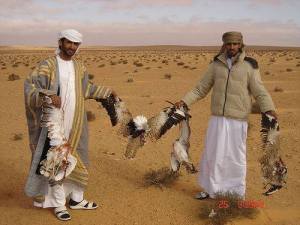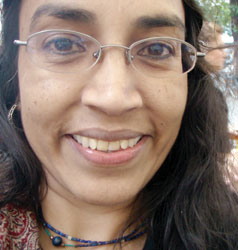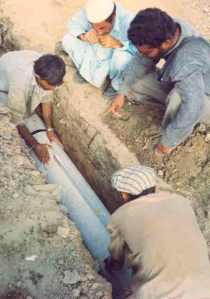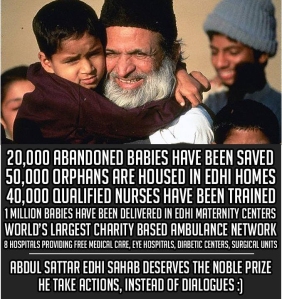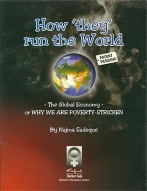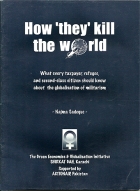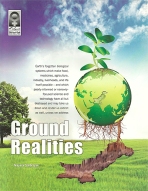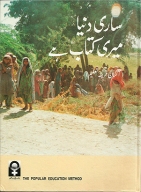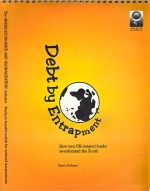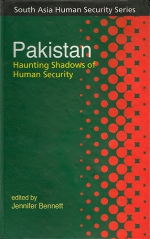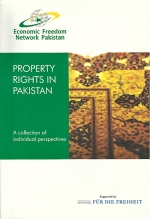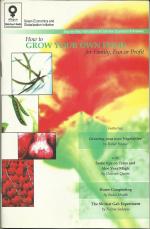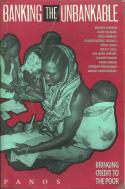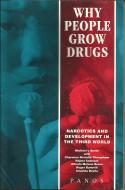Najma Sadeque
November 19, 2014
The government is about to facilitate the handing over of our seed heritage to the foreign corporate world. In many agricultural countries, millions of farmers and peasants have been up in arms against their governments for allowing or considering seed-thieving by foreign investors. It was only natural to expect Pakistan to be among their ranks, but it is not.
Most of our farmers and otherwise highly educated urbanites don’t even inform themselves of what’s going on. The electronic media probably finds it too tedious for talk shows. Our planners and politicians only see natural resources including seeds, as capital for businessmen and investors, not as basic needs and livelihoods for citizens or their indispensability to the economy.
In 1976, for the first time, the Pakistan government introduced a Seed Act. The question is, why was the need felt for one? The answer lies in the history and manipulations by the western seed industry. In the early 20th century, Nikolay Vavilov, a Russian botanist who collected over 220,000 seeds samples from over 60 countries, discovered that the highest plant diversity existed in the belt around the equator, and countries of the warm South. He made the mistake of mapping out the information, thereby inadvertently guiding corporate investors where to go marauding in South and South-east Asia, and South America. They have never let up since.
The so-called Green Revolution wheat seeds that were introduced in Pakistan and India in the mid-60s were already in place in the US for the previous two decades. Persuading reluctant Pakistani big farmers and landlords into using hybrids with all the expensive accompanying inputs (chemical fertilizer, pesticides, tractors, and hybrid seed itself) became easy when huge subsidies were given. That was the only way as, previously, inputs cost them nothing.
Small farmers were not included in the scheme. So, by the mid-seventies, Pakistan’s big landowners became habituated enough to forget traditional ways. And the time became ripe to introduce a Seed Bill, hitherto quite unnecessary, that would give preferential treatment to the commercial seed industry, local or foreign, discouraging farm-saved seed, and depriving women seed-savers of their traditional work. This was the Seed Bill 1976.
The ‘Statement of Objects and Reasons’ for the new Bill issued by Minister for National Food Security and Research says, “It has been observed that the Seed Act 1976 does not fulfil the requirements of the modern seed industry. True, because it does not help Monsanto, Syngenta, or Du-Pont-Pioneer in its objectives to take over Pakistan’s main agriculture through GM seeds. But it also does not fulfil the requirements of our small farmers indigenous seeds geared to the domestic market. On the contrary, it actively deprives the small farmer through ordinance or legislation.
Hybrid seeds dominate all crops in Pakistan – grain, vegetable, fruit. But the main focus of the current Seed Amendment Bill is Bt (GM) cotton varieties; the rest will follow. Since most hybrids are imported, corporates already monopolize our commercial seed market so that hybrids are not worth patenting anymore. But the target has since changed. Already, by the government’s own admission, 80% of cotton fields are covered by Bt cotton, irrespective of the quality, even though they were never approved except in small trial plots.
A valuable inventory of the plants of Pakistan exists which could have helped local breeders. It was started by British and European botanists in the early 19th century who travelled all over to collect samples. The person behind the project after independence, was Mr. Stewart who worked at Gordon College. He collected as many as 50,000 specimens, and when he retired in 1960, he turned it all over to Prof. E. Nasir who collaborated with him. Later, this “Stewart Herbarium” was presented as a gift to the nation. An arrangement was made with the Karachi University but seems to have operated in fits and starts, being subject to the availability of funds. Why hasn’t this information been shared more widely, so to have brought more funding. What is the use of such a database unless it is put to use by farmers and environmentalists?
Even as the Seed Bill 1976 remains unsatisfactory, it at least laid down all the definitions of the terminology used and the concerned authorities and institutions, whether the infrastructure existed or not. That has been entirely dispensed with in the amended proposed Bill.
No agricultural university or government agricultural extension workers service ever bothered with failsafe indigenous agricultural or local needs. They are not even mentioned – it is as if they don’t exist. The disappearance of local varieties as a result of being displaced by hybrids is not even being addressed.
Indigenous farmers already knew that every single plant – grain, fruit, vegetable, non-food crops, and even those not used by humans – came in dizzying variety, in the hundreds or thousands for each kind. There was always something that was best for local conditions. These dominated most economies. They needed little or nothing that foreigners offered in trade which mostly catered to the elite, and therefore didn’t need foreign investment. So, violent conquest was the only way for the colonials.
After the hapless South countries regained their independence, former colonizers had to find another way to continue obtaining resources and goods for which they previously paid a pittance. That was arranged through the creation of World Bank/ IMF which led rulers to believe they were technologically backward and the only way to advancement was borrowing to buy the requisite knowhow, including in agriculture. The entire South got into needless debt: their leaders were either naïve and dazzled by western materialism, or were purchasable.
The Seed Amendment Bill is an arbitrary one, made without involving all stakeholders, serving only vested interests. If PTI and PAT are about ending corruption, and working for the public interest, it’s time for them to brush up on their agricultural knowledge. The safeguards claimed by the Bill don’t even exist, because the infrastructure and personnel don’t exist. It’s just a paper claim to authorize corporate control.
As studies around the world by the international non-profit GRAIN show, “As long as farmers continue to save and breed their own seeds, it is difficult for seed companies to sell their seeds. So where technological controls don’t work, laws are tool of choice for corporations to either prevent farmers from saving seeds or to force them to pay for farm-saved seeds, thereby coercing them to buy corporate seeds.”
This article was published on 19 November 2014 http://nation.com.pk/columns/19-Nov-2014/seed-heritage-for-sale

